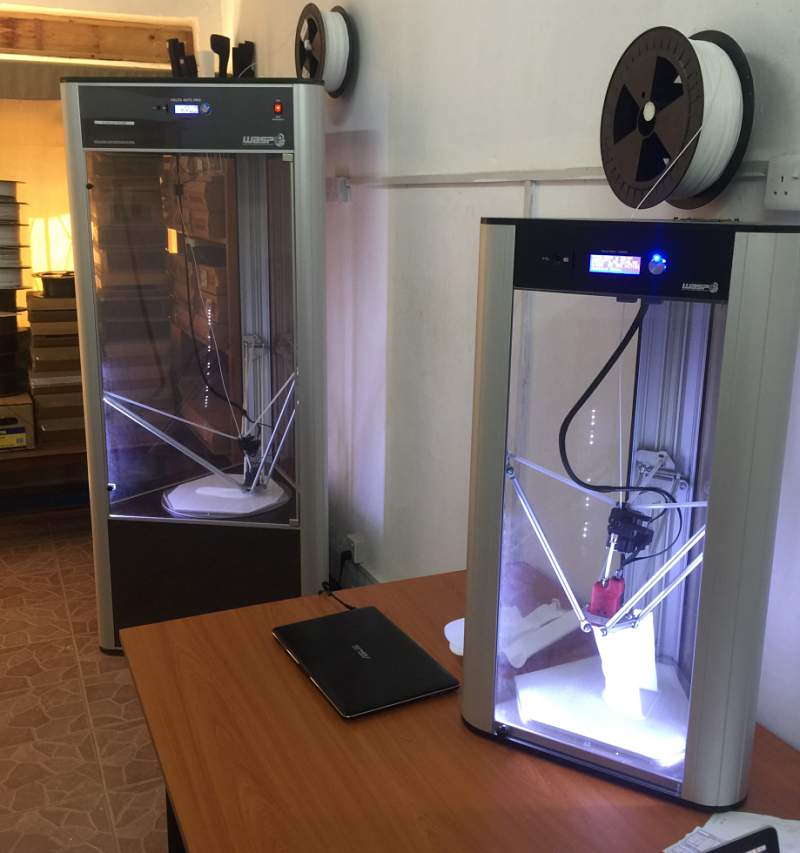Hakim had lost all hope
When a member of Humanity & Inclusion's (HI's) psychosocial support team first met Hakim, he did not have a positive outlook on his life:
“With these disabilities, I cannot take care of myself, I cannot bath, I cannot participate in meetings, I cannot visit friends.”
Hakim lives in a refugee settlement in northern Uganda where accessing basic services and information can be very difficult for people with disabilities. HI has been working in the settlements since 2017 and provides different kinds of support to improve people's quality of life.
Months of hard work with Humanity & Inclusion
Hakim and his family received support frrom a physical therapist and a psychosocial worker. Together, they worked on physical exercises to help improve his mobility and independence. Both Hakim and his carers received counseling to relieve the stress and anxiety felt by the whole family.
Four months of hard work saw a steady improvement in Hakim’s ability to move around his home and his need for physical support from others reduced. However, he was still unable to walk more than a few steps and remained confined to his home. Hakim needed a lower leg support to progress further. This would usually require a long and expensive journey to a rehabilitation center in the capital city. However, HI is using the very latest technology to provide these services in remote places.
A high-tech solution
Hakims leg was scanned not far from his home using a portable kit comprised of a tablet computer and a structure sensor. The 3D scan was remotely modified by an expert to generate a computer modified model of his made-to-measure splint. The splint was then produced by HI’s 3D printers in the nearest small town and brought back to Hakim by his physical therapist.

“My life has greatly changed ever since HI started working with me” says Hakim. "The orthosis has greatly improved my walking … I never imagined I would be able to walk for more than a kilometer! Now, I can go to the hospital on my own and I participate in community meetings - my voice is heard!”
Despite the challenges posed by COVID-19 in 2020, HI’s 3D rehabilitation team has reached more than 82 people like Hakim in Uganda’s refugee settlements. Each indiviudal has their own story of restored independence and renewed hope.





